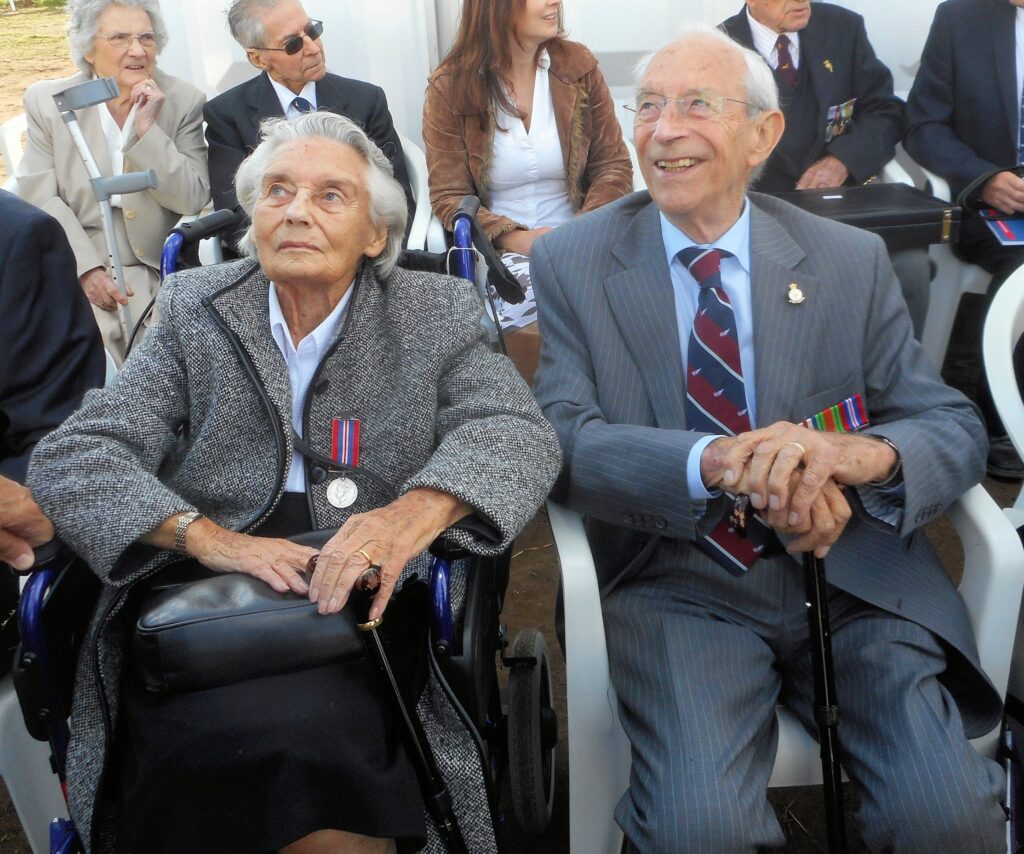Celebrating 5 Years of Holiday Spirit on the Air
Now with an AI-Powered Award System!
As the
Christmas season approaches, radio amateurs across the world can once again
look forward to hearing the cheerful special callsigns PH25XMAS and PH26HNY
on the HF bands. These stations will be active during the Christmas holidays
and the first week of January 2026, sharing goodwill and season’s greetings
over the airwaves.
This year
marks the first lustrum (5th anniversary) of the festive XMAS and
HNY event calls. To mark the occasion, the organizing team has developed
an all-new automated award platform
— a creative blend of amateur radio, Python programming, and artificial
intelligence. It is called SAVS (Special Award Validation System).
The system will be operational, starting the 6th of December 2025. Until then a page is showing a count-down timer to the first date of operation and first opportunity to check the award eligibility.
A Fully Automated Award System: SAVS
Participants who have made QSOs with PH##XMAS and/or PH##HNY stations between 2021 and 2026 can check whether they qualify for a commemorative certificate.
The new award system at 👉 https://award.pa3efr.nl works like this:- The
platform automatically searches remote
and local ADIF logs (PH21XMAS–PH26HNY).
- Operators
whose callsigns appear three or
more times in the logbooks across the past four years and this year
are eligible for an award.
- After
entering your callsign on the Entry
Page, the system validates your QSOs, displays the results, and —
if qualified — instantly generates a personalized PDF certificate for download.
Behind
the scenes, a Python Flask server
performs the validation, integrates with QRZ.com for data verification, and generates your award PDF with just one click.
Open Source and AI-Assisted
The entire system was created with the help of AI tools and is released as a fully open-source project on GitHub: https://github.com/PA3EFR/SAVS_XMAS_HNY
Every element — from log validation to PDF generation — runs autonomously, demonstrating how classic ham radio activity can harmoniously combine with modern coding and machine learning.
Join the Celebration
So this festive season, when you hear “CQ from PH25XMAS” or “CQ from PH26HNY”, don’t hesitate to call back!
You might not only exchange warm holiday greetings, but also earn yourself a
special place in the logs — and a beautiful
award to commemorate it.
📡 Brought to you by Radio Scouting Fellowship
PA3EFR/J













![[IMG]](https://manna80.radio/wp-content/uploads/2025/03/IMG_1100-768x494.jpeg)




